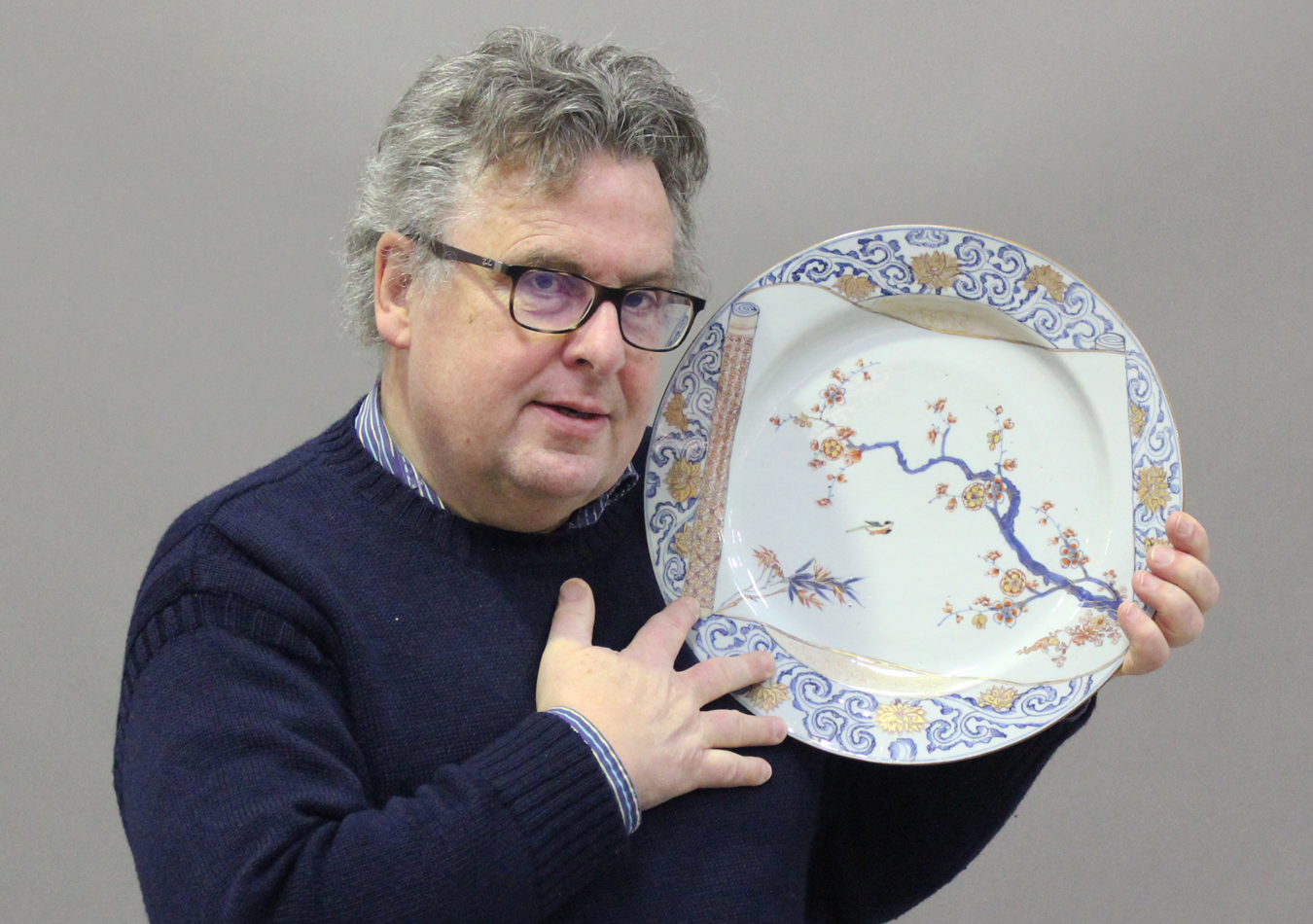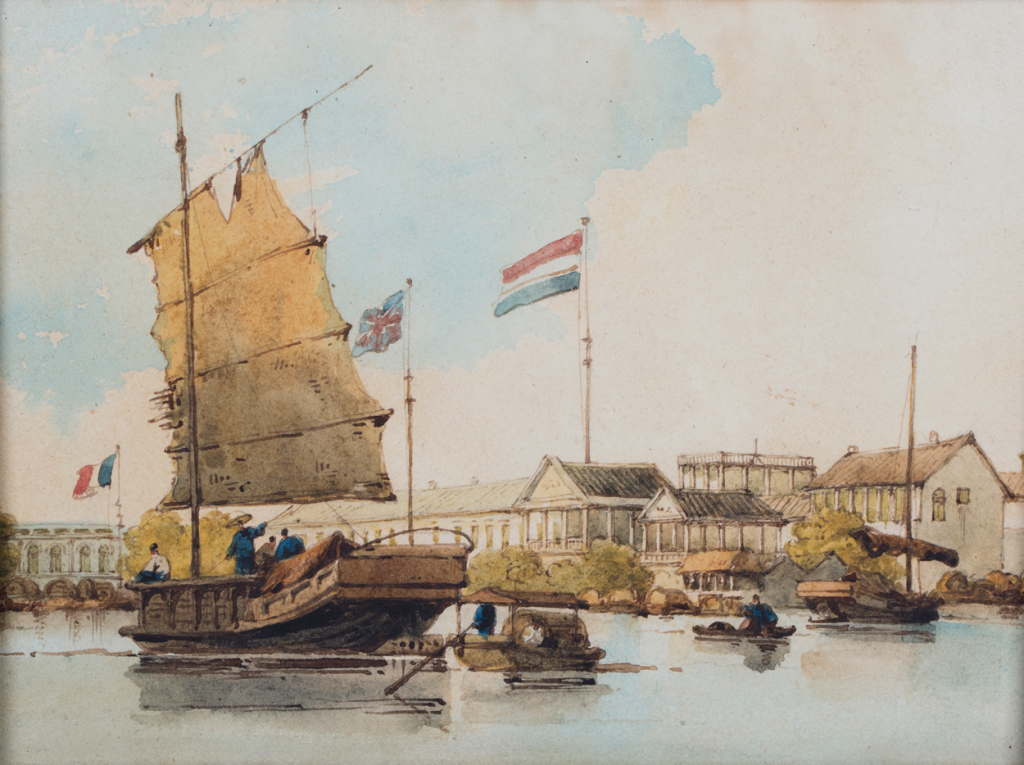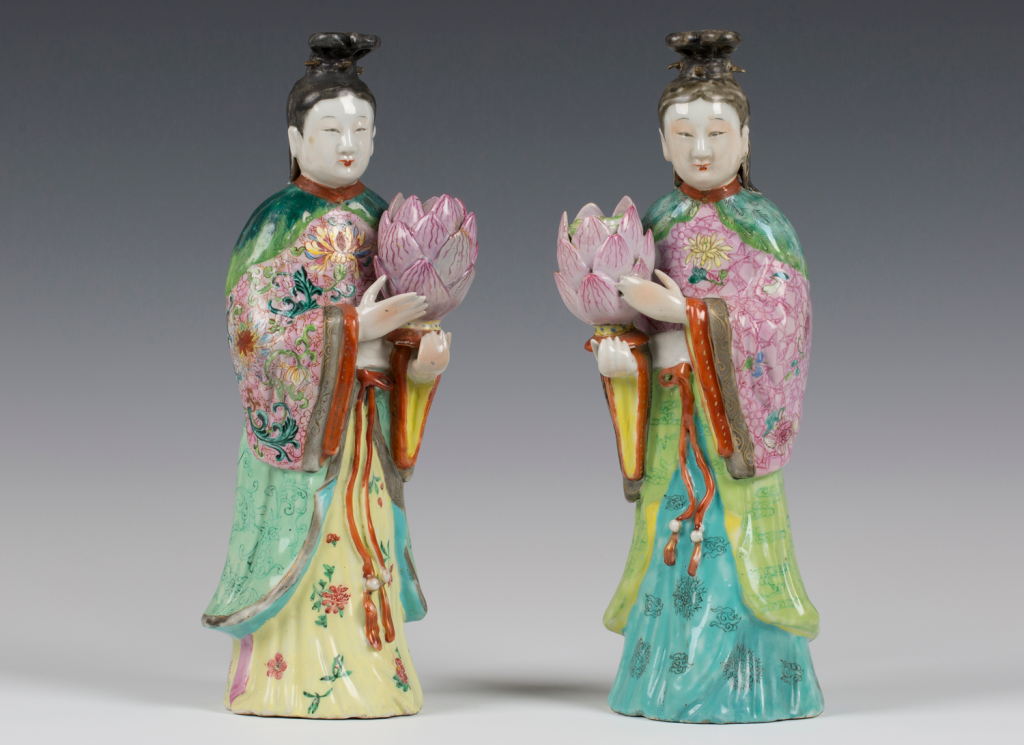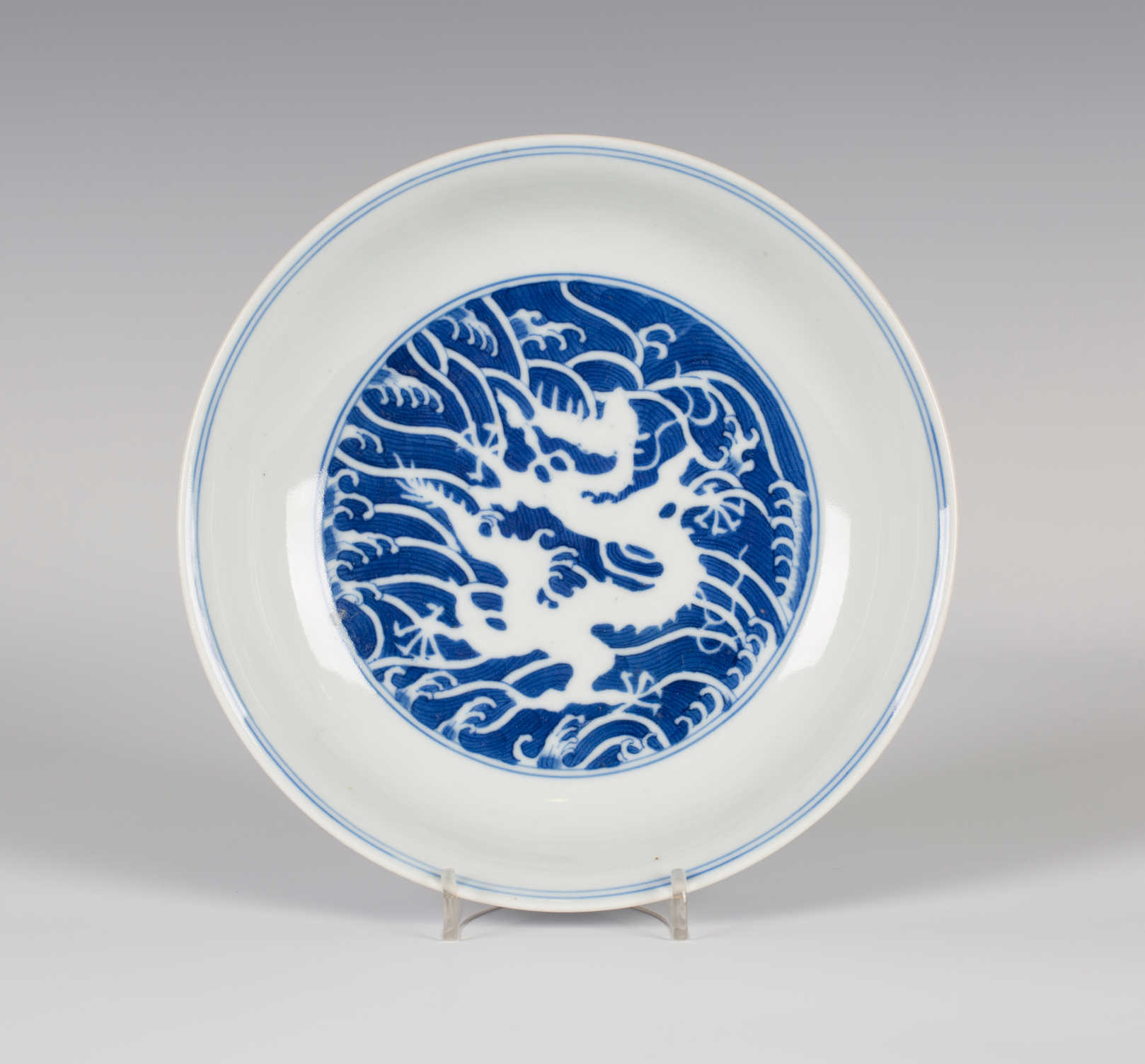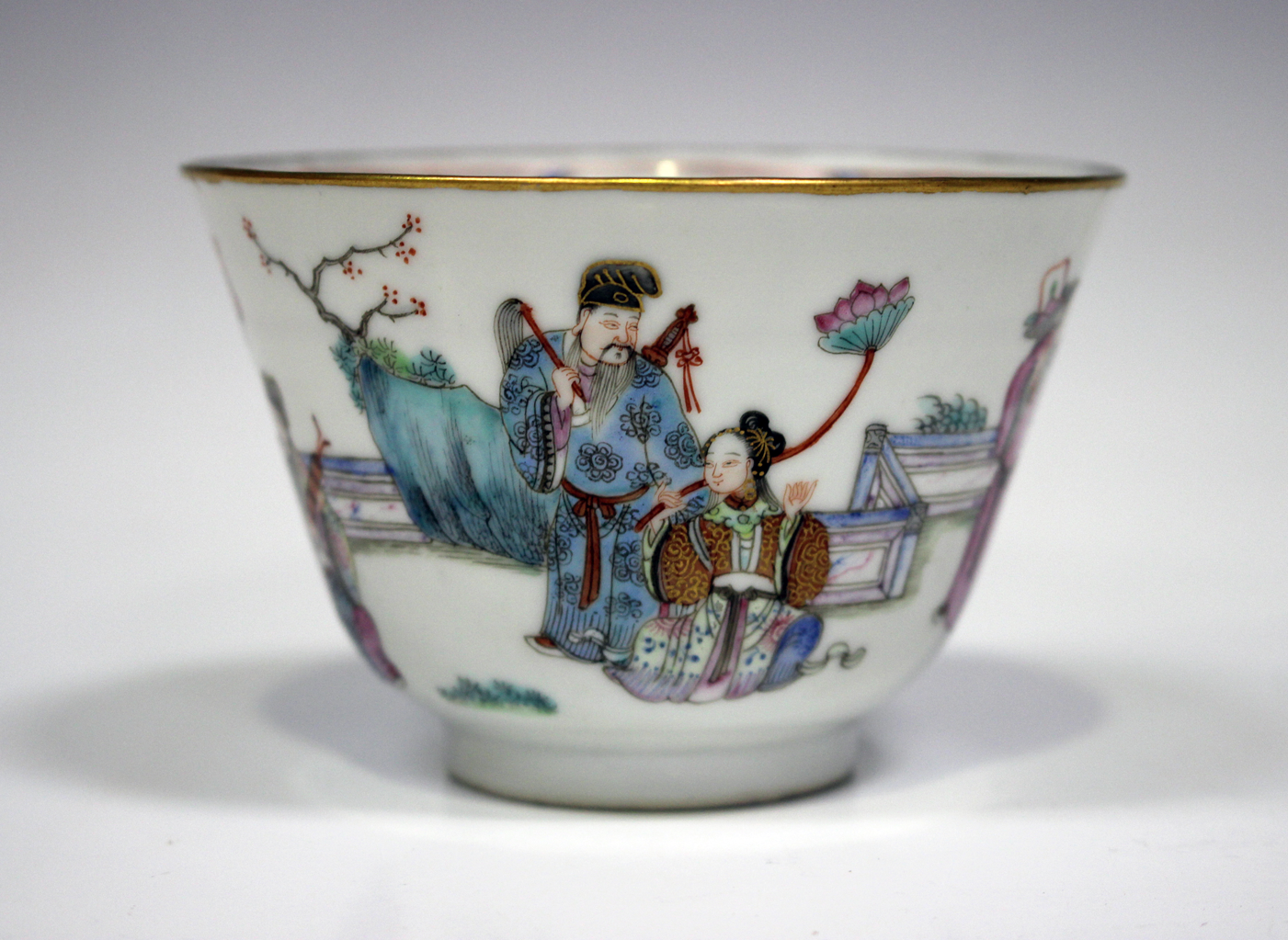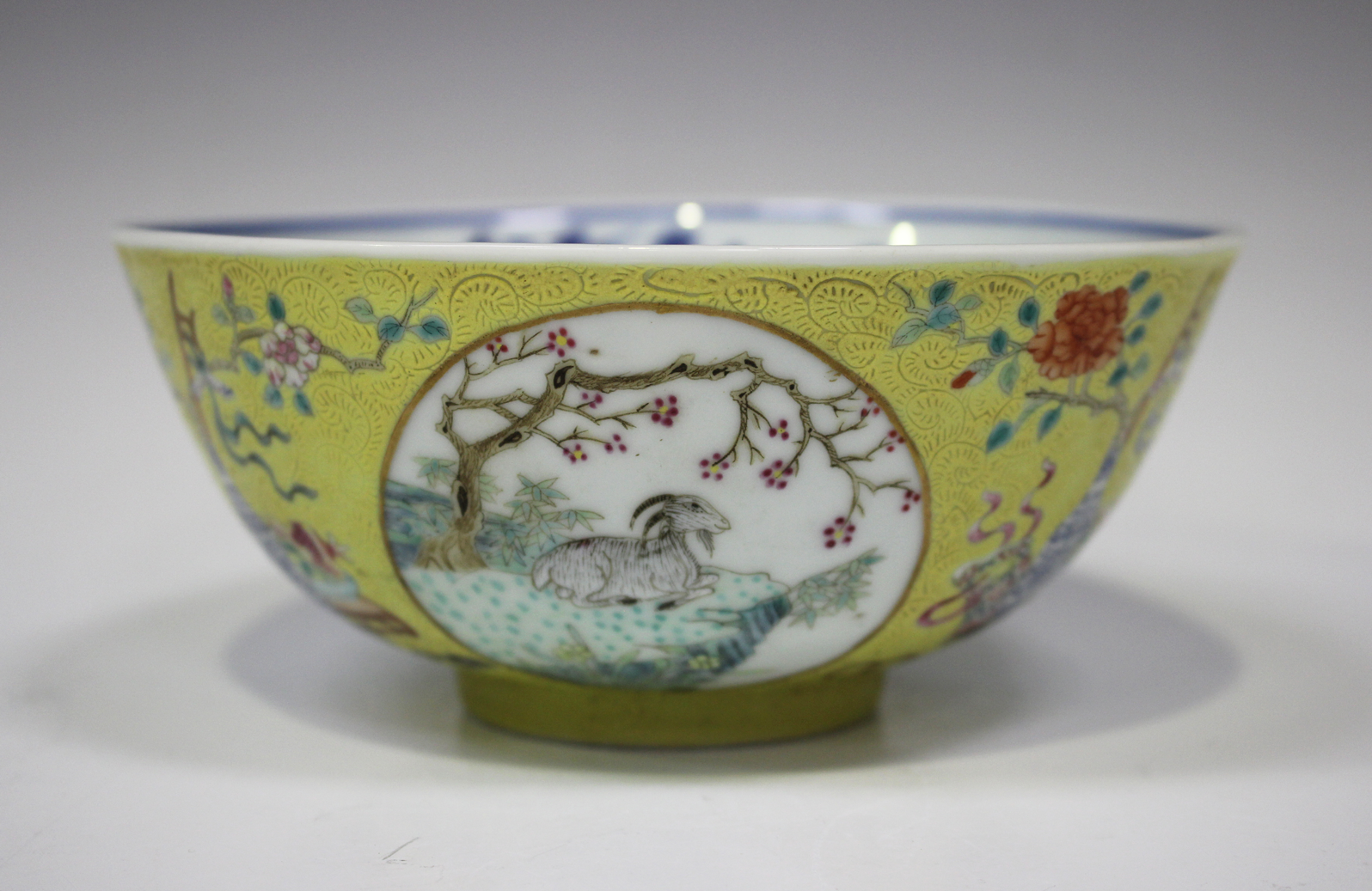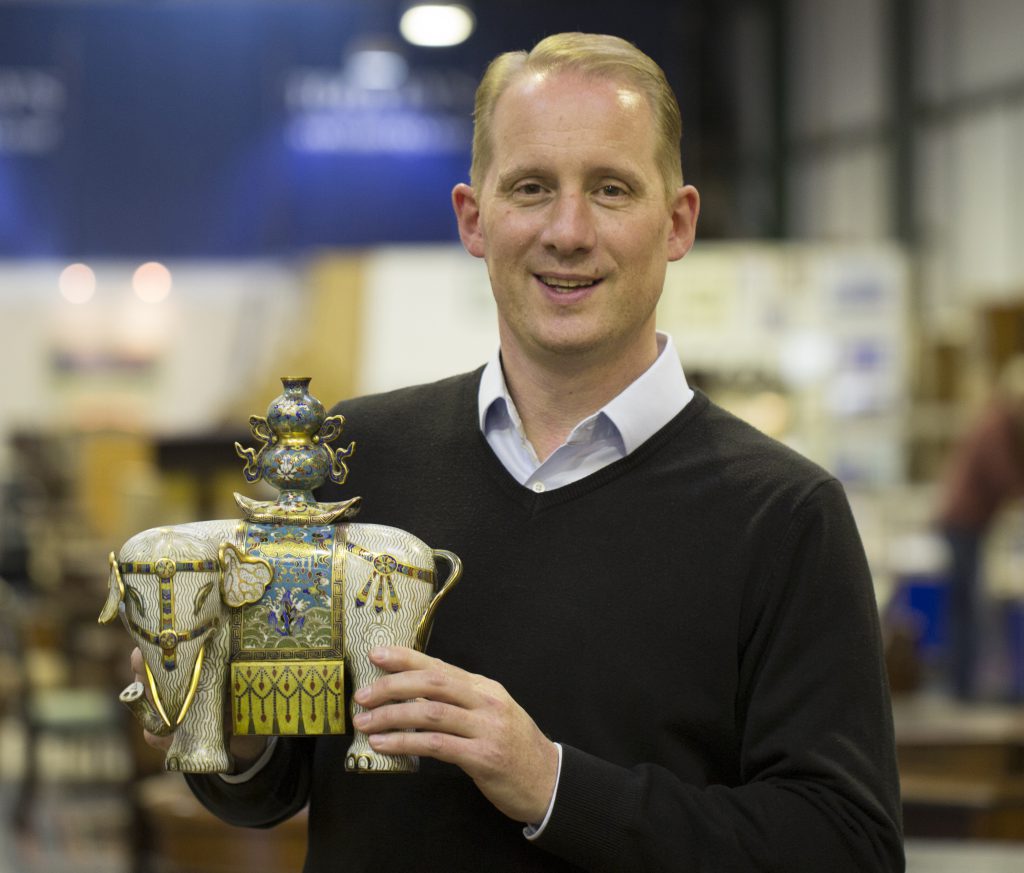
Collections in Sussex continue to yield Chinese treasures like the Chinese famille rose porcelain jar and cover and the pair of tea bowls sold at Toovey’s.
Much Chinese porcelain is marked with reign marks relating to a particular emperor and period. But some reign marks do not match the workmanship or period of the object on which they are found. This does not necessarily indicate a fake or forgery. Reflecting China’s long and illustrious history of ceramic production artisans would use reign marks from earlier periods as a mark of respect to those who had gone before them whose decoration and designs inspired them and they copied. It also displayed their reverence for former emperors.
The Qianlong emperor (1735-1796) was prolific in his collecting with an exceptional personal connoisseurship. His collection numbered more than a million objects. He took a personal interest in porcelain production and was an ardent patron.
The Chinese famille rose enamelled turquoise ground jar and cover bore the mark of the Emperor Qianlong but actually dated form the early 20th century Republic period (1912-1949). We often discover Republic period Chinese porcelain in Sussex which, because of its quality, is celebrated by collectors.
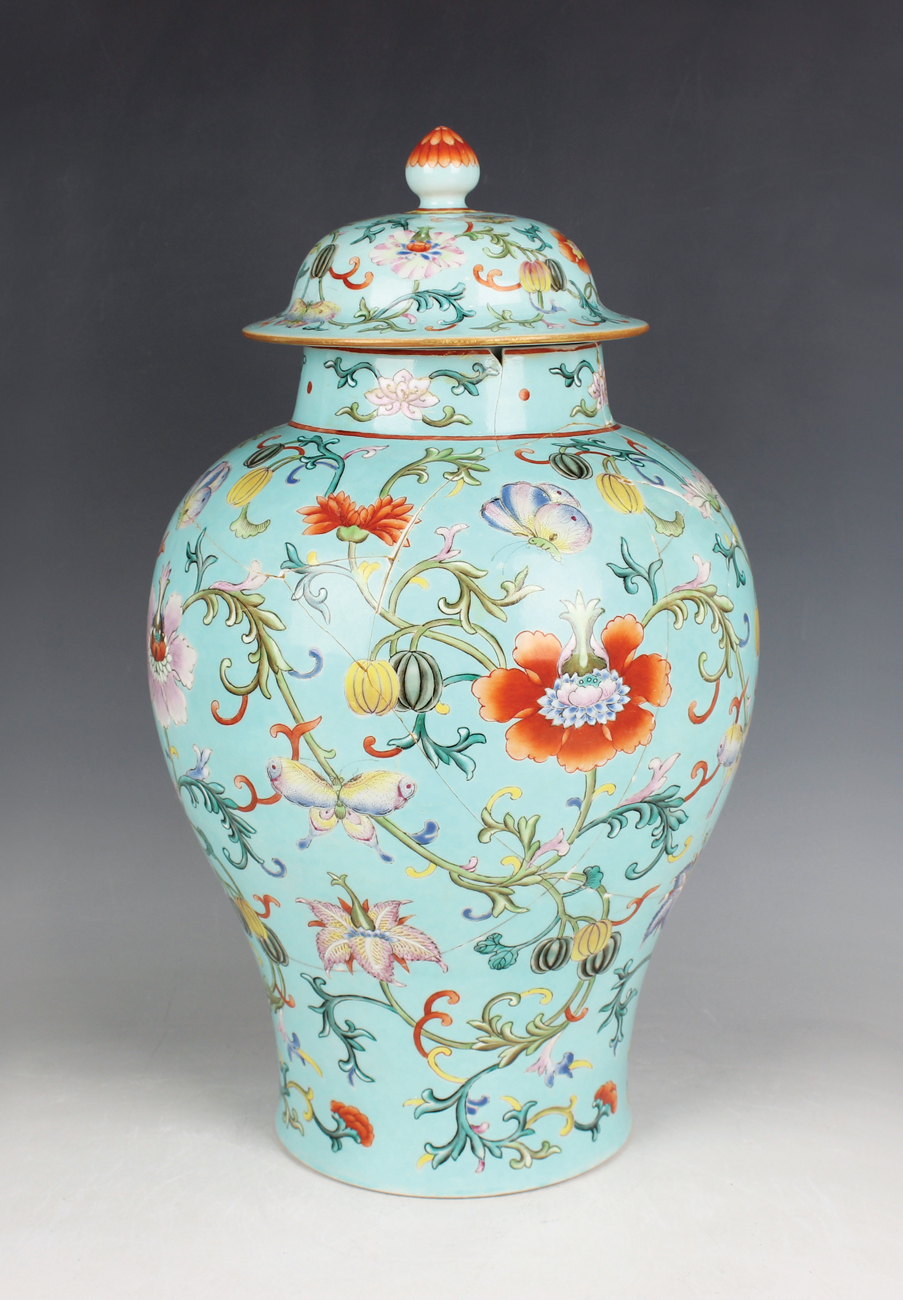
Whilst the cover was in good condition the body, painted with butterflies amidst flowering scrolling tendrils with green and yellow seed pods, had been broken into some twelve pieces and glued together in an amateurish way. Despite this the quality of the object and the vibrant enamelling resulted in a remarkable price of £38,000.
The pair of Chinese coral-ground famille rose porcelain bowls came from another Sussex private collection. They were identified by Toovey’s Chinese porcelain Tom Rowsell as Qianlong mark and period. The steep sided exteriors of the bowls were delicately enamelled with three evenly spaced yellow ground panels enclosing pink peony flowers framed by colourful floral sprays and foliage against the rich coral-red ground. With a repair to the rim of one and rim chips and hairlines to the other bowl they nevertheless realised £24,000.
This flourishing of Chinese porcelain manufacture allows us to glimpse the energetic and creative gifts of the Chinese people which has gifted them with cultural prominence over millennia.
Toovey’s Chinese porcelain specialist, Tom Rowsell, is always pleased to offer advice whether you are interested in selling or acquiring Chinese objects and can be contacted on 01903 891955 or at auctions@tooveys.com.
